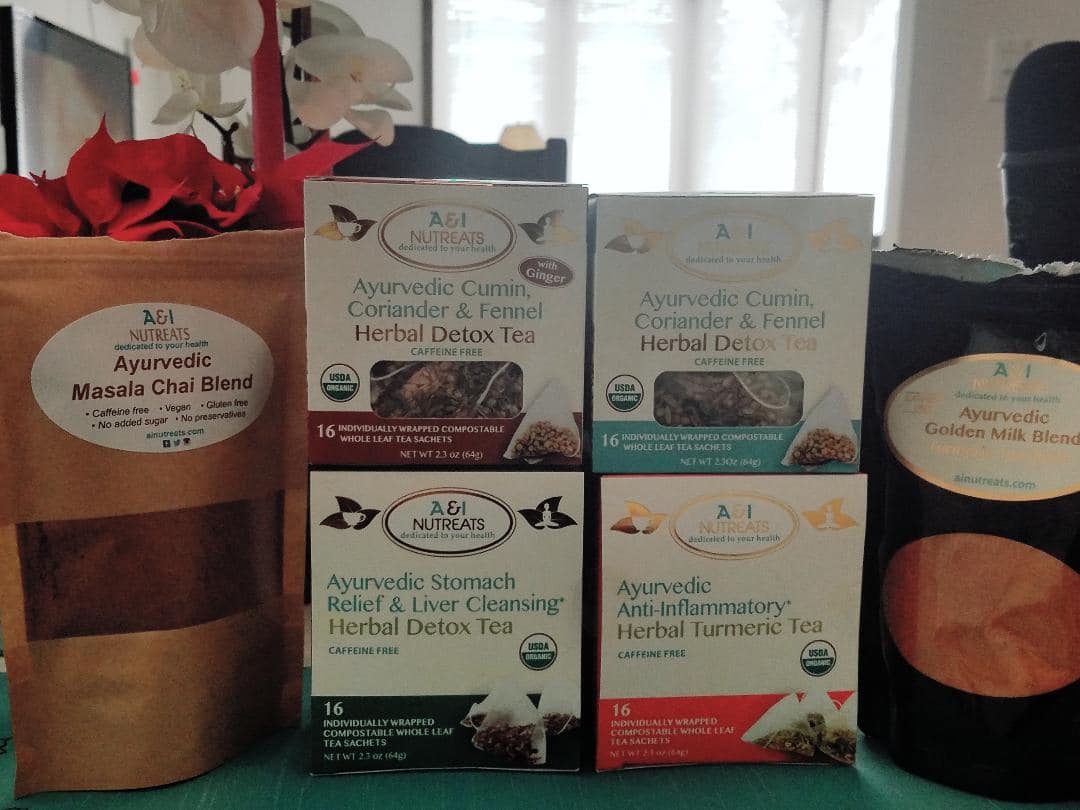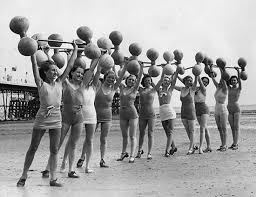2 New Reports Related to Fertility Not in My eBook for Down There
I’m excited that my free eBook – 5 Things You’re Not Doing to Connect to Down There and Tips to...
Read Moreby VoiceAmerica | Mar 30, 2018 | Health & Wellness | 0 |
I’m excited that my free eBook – 5 Things You’re Not Doing to Connect to Down There and Tips to...
Read Moreby VoiceAmerica | Mar 14, 2018 | Health & Wellness | 0 |
The Womb Happy Hour online radio show recently celebrated its one-year anniversary on Voice...
Read Moreby VoiceAmerica | Jan 12, 2018 | Health & Wellness | 0 |
For many, it’s winter and it’s quite cold outside! Why not warm up with healthy Ayurvedic...
Read Moreby VoiceAmerica | Jan 5, 2018 | Health & Wellness | 0 |
If you’re currently working out in the United States, odds are that if you’re a woman...
Read Moreby VoiceAmerica | Sep 15, 2017 | Health & Wellness | 0 |
Blog on 5 recent episodes of The Womb Happy Hour on Voice America Health & Wellness with host,...
Read More





